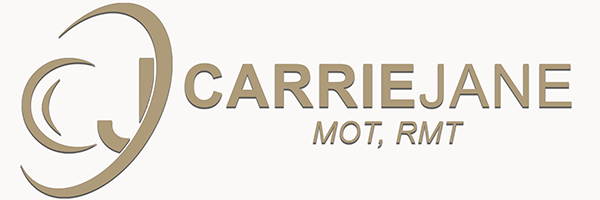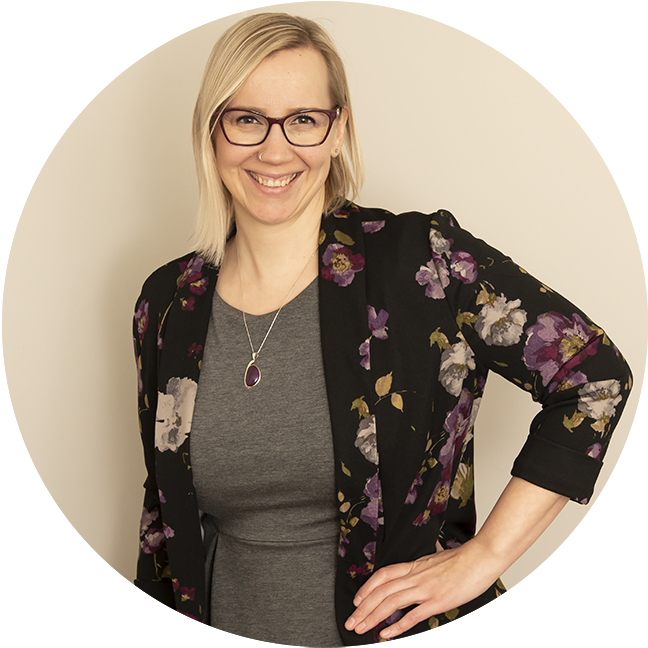.png)
Oral Tethers, Tongue Ties, Tethered Oral Tissue
Many babies have tethered oral tissue. Some are affected more than others and sorting through all of the details can be difficult. Seeing a Manual Osteopathic Therapist can ease the feeding journey.
.png)
What are signs of tongue ties in babies?
Having feeding difficulties? Perhaps your infant has been diagnosed with a tongue tie or even had a revision procedure performed already… or maybe it’s something you suspect through your own research and experience.
There might be some indicating signs from sore or cracked nipples, poor weight gain, or clicking while feeding, but every feeding dyad is a little bit different.
.png)
How do oral tethers affect babies?
Our entire bodies are connected. One line of connective tissue (our deep front fascial line) starts at our tongue and goes all the way to the bottom of our feet. Imagine that any tension that might be held in any of those areas might be affecting your child’s ability to feed. When this is tight, it is common to see babies who like to be curled up and don’t like to relax in a stretched out position. Other babies may have torticollis, or a head tilt or preference to turn their head to one side more than the other. Some babies might even arch their backs. It’s natural to compensate when we feel tension in our bodies. Think about how difficult it is to shoulder check when your neck is sore or “tight” and imagine depending on that range of motion to comfortably eat. Babies are great communicators and it’s my job to watch for and feel their patterns so I can help.
.png)
What if my child needs a tongue tie revision?
Tongue ties or oral tethers can impede the tongue’s ability to move appropriately in order to extract milk effectively. Craniosacral Therapy and Manual Osteopathic Therapy can help. Using the most gentle approach (imagine the weight of a nickel), these hands-on manual therapies can help realign cranial bones to balance tension as well as relieve tension within our bodies, even in infants. This balancing can be done both before and after any revisions, and can even help avoid a revision if the structural tether isn’t the main source of tension.
.png)
What does a Craniosacral Therapy or Manual Osteopathic Therapy appointment look like with an infant?
What does an appointment look like with an infant? I follow your child’s lead. Sometimes babies will spend the entire appointment snuggled up with mom while I work on them, nursing or just cuddling. Other times, baby will be on my warm treatment table while I assess and treat them. Other times I’ll hold them and bounce them. Each baby is different and it’s my job to listen to their bodies and respond appropriately, making sure that each appointment creates a sense of safety. While I work, my hands gently assess their bodies from their head to their toes. With gloves, I’ll often work inside baby’s mouth. The appointment is spent engaging with baby and explaining the process with caregivers.
You’re not alone. Beyond myself, there are many professionals trained to help with oral tethers and feeding issues. Please see the Community Page for a list of recommended practitioners.
To book a complimentary 15 minute phone consultation or book your initial appointment, click here.





